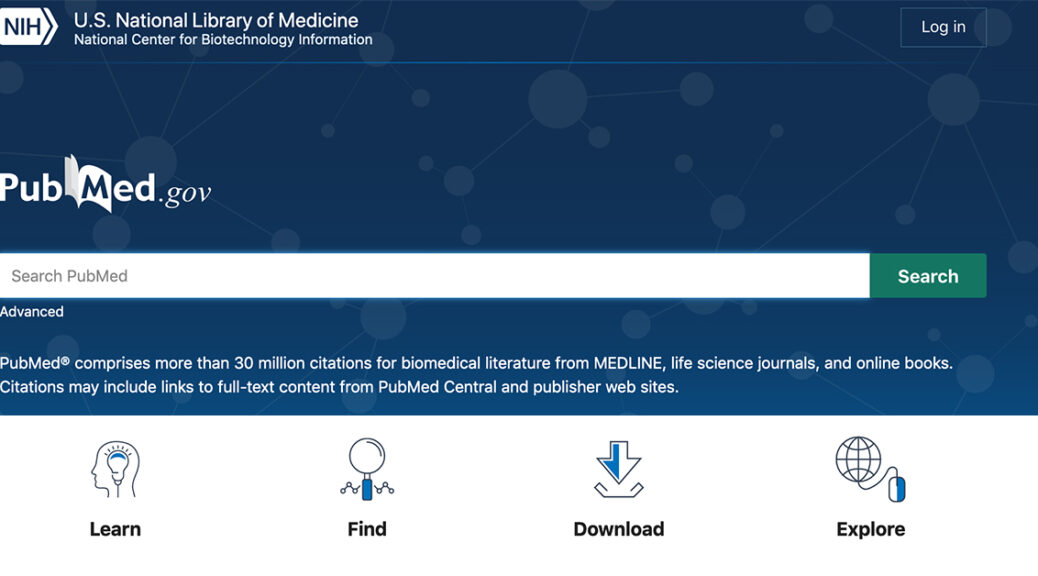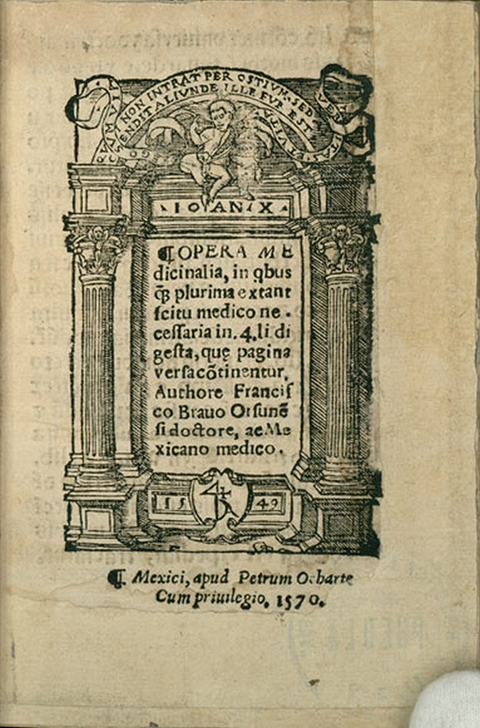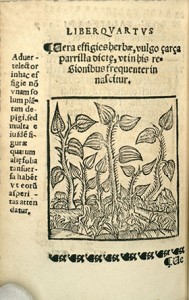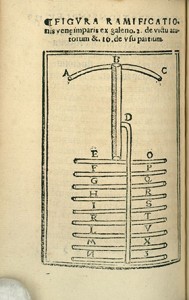2020 is certainly the year of change, and UT Libraries staff is working hard to keep users and each other as up-to-date as possible so that we can all weather these changes and come out the other side stronger than ever. One of these efforts is a newly published Research Guide outlining and explaining upcoming changes to the highly used database, PubMed.
The National Library of Medicine (NLM) is transitioning to an updated interface and search algorithm in PubMed. This version will be the sole option for using PubMed when the legacy version is decommissioned. New PubMed, or PubMed Labs as it’s sometimes known, provides the same PubMed content to users with an updated design to correspond more closely with modern users’ expectations of the database functionality. Additionally, PubMed is seeking to create a responsive design system with ongoing user feedback, added features and a regular maintenance schedule. While this is a great undertaking by NLM, UT librarians wanted to show users where and how to do the things they’re familiar with in Legacy PubMed in the New PubMed.
With this in mind, the UT Libraries Systematic Reviews Interest Group created a Research Guide illustrating common processes in PubMed. The Research Guide features side-by-side instructions, with accompanying screenshots of Legacy PubMed and New PubMed, to walk users through the changes to the resource.




